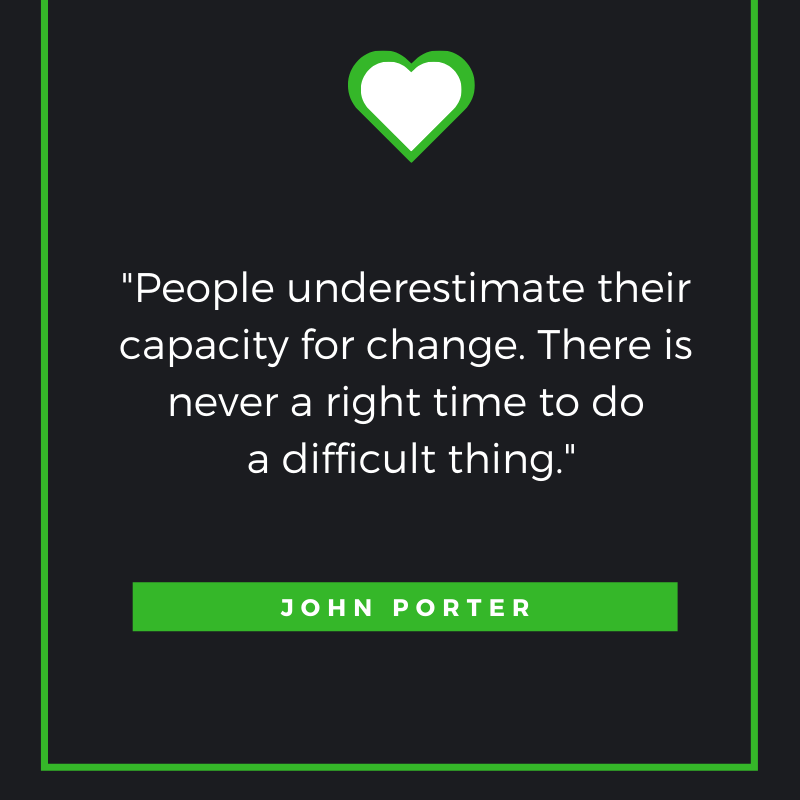
Have you ever used a forcing function?
There are several use cases for forcing functions, but in this case, I’m asking about using a forcing function for behavior change.
Let me give one example of a forcing function. If you’re scheduled to catch a flight at 10 am, you know that the flight will leave without you if you’re not there in time. Therefore, you plan your day and adapt your behavior to ensure you catch your flight.
Forcing functions are also used in design to force attention on something, deliberately disrupting the flow or automation of a task.
So why am I bringing forcing functions to your attention?
Because a good forcing function can be used as a tool to jump-start behavior change.
There are, of course, negative and positive versions of forcing functions.
A negative forcing function might be a health diagnosis that acts as a wake-up call and forces you to reconsider certain lifestyle choices. Or perhaps a letter or call from the IRS that forces you to pay attention to your finances.
Positive forcing functions are ones that you implement for yourself to help you with behavior change. You could, for example, use them to make a public declaration regarding a goal you want to achieve and be held accountable for your results. Another way is to join a group or team that relies on you to accomplish specific tasks. Doing so makes you feel obligated because if you don’t show, then the team will struggle without you, and it might even jeopardize your long-term reputation.
So, if there’s a behavior you’re trying to change or a new one you want to begin, consider implementing a forcing function. Even though you know it’s an artificial construct, you might be surprised at how effective it can be, and it could just be the nudge you need to send your life in a new direction.
P.S. Thanks for reading! If you enjoyed it, please share it with one person you love.